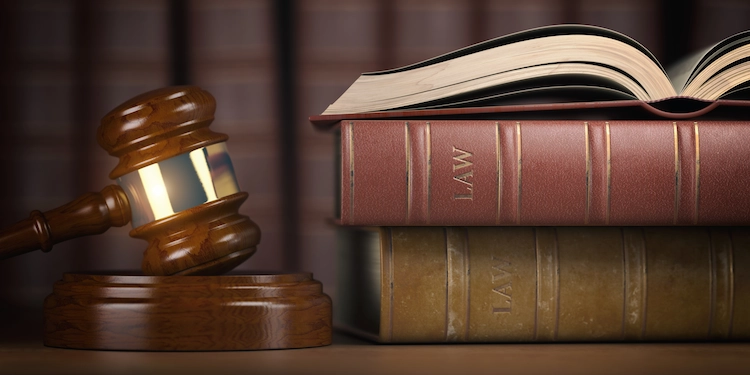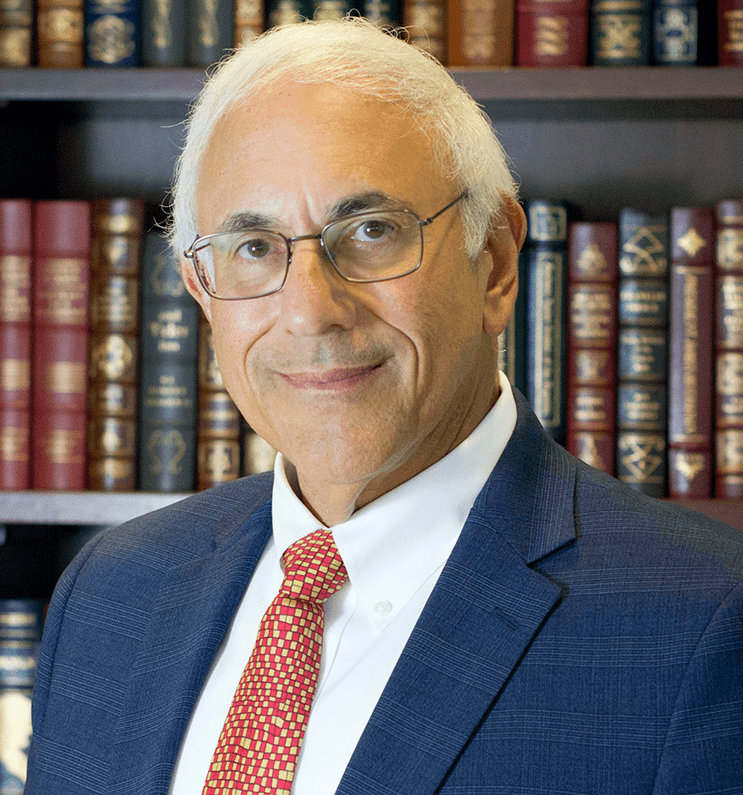SCOTUS Confirms Right to Renew Lawsuit Ater Voluntary Dismissal

In Waetzig v. Halliburton Energy Services, Inc., 604 U.S. ____ (2025), the U.S. Supreme Court held that a case voluntarily dismissed without prejudice under Federal Rule of Civil Procedure 41(a) counts as a “final proceeding” under Federal Rule of Civil Procedure 60(b). The Court’s decision was unanimous.
Facts of the Case
Gary Waetzig filed a federal age-discrimination lawsuit against his former employer Halliburton Energy Services, Inc. He later submitted his claims for arbitration, and voluntarily dismissed his federal lawsuit without prejudice under Federal Rule of Civil Procedure 41(a). After losing at arbitration, he asked the District Court to reopen his dismissed lawsuit and vacate the arbitration award, asserting Federal Rule of Civil Procedure 60(b) as the basis for reopening the suit. Federal Rule of Civil Procedure 60(b) permits a court, “[o]n motion and just terms,” to “relieve a party . . . from a final judgment, order, or proceeding.”
The District Court reopened the case. It found that a voluntary dismissal without prejudice counts as a “final proceeding” and that Waetzig made a mistake when he dismissed his case rather than seeking a stay. The District Court separately granted Waetzig’s motion to vacate the arbitration award.
The Tenth Circuit Court of Appeals reversed. It reasoned that Waetzig’s voluntary dismissal was not a final “judgment” or “order” because the act of dismissal required neither the entry of a judgment nor the issuance of an order by the court. The Tenth Circuit then concluded that a voluntary dismissal without prejudice could not be a “final proceeding” because, in its view, “a final proceeding must involve, at a minimum, a judicial determination with finality.”
Supreme Court’s Decision
The Supreme Court reversed by a vote of 9-0. “The question in this case is whether Rule 60(b) permits a district court to reopen a case that was voluntarily dismissed without prejudice under Rule 41(a),” Justice Samuel Alito wrote on behalf of the unanimous Court. We hold that such a dismissal counts as a ‘final judgment, order, or proceeding,’ and thus qualifies for Rule 60(b) relief.”
The Supreme Court first held that a voluntary dismissal without prejudice is “final” under Rule 60(b). In support, it cited that in 1946, when the term “final” first appeared in the Rule, legal dictionaries defined “final” to mean “[d]efinitive; terminating; completed; conclusive; last.”
As Justice Alito explained, “A voluntary dismissal without prejudice falls comfortably within this definition,” because it “is the ‘conclusive’ and ‘last’ filing on the docket, and it ‘complete[s]’ the particular lawsuit at issue.”
The Court went on to find that its conclusion is confirmed by Advisory Committee Notes to the 1946 Amendment to the Rule. According to Justice Scalia, the word “final” underscores that Rule 60(b) does not infringe a court’s inherent and distinct power to revise its interlocutory decrees in an ongoing case. He explained:
After a case is finally terminated, however, a court no longer presides, and a party can no longer seek a “rehearing” on an interlocutory judgment. It is at that point that a court’s power under Rule 60(b) kicks in, permitting the court to look back at the “final” act in a case and provide relief from that act when appropriate. A voluntary dismissal without prejudice is one such “final” act. It terminates the case and strips a court of its equitable power to revise its earlier rulings. At that point, Rule 60(b) is the appropriate avenue for relief.
The Supreme Court next held that the text, context, and structure of Rule 60(b) show that the term “proceeding” encompasses all steps taken in the action, including a voluntary dismissal without prejudice. In support, Justice Alito noted that legal dictionaries from 1938 to present suggest that the term “proceeding” encompasses all steps in an action’s progression. Additionally, other federal rules similarly treat “proceeding” as including all formal steps in an action.
Finally, the Supreme Court found that the Court’s reading is buttressed by historical context, as Rule 60(b) was modeled after a California statute previously interpreted to extend to voluntary dismissals without prejudice.
Previous Articles
SCOTUS Holds No Minimum Contacts Required for Personal Jurisdiction Over Foreign States Under FSIA
by DONALD SCARINCI on October 2, 2025
In CC/Devas (Mauritius) Limited v. Antrix Corp. Ltd., 605 U.S. ____ (2025), the U.S. Supreme Court ...
SCOTUS Sides With Trump Administration Over NIH Grants Tied to DEI Initiatives
by DONALD SCARINCI on September 26, 2025
The U.S. Supreme Court continues to issue emergency orders involving legal challenges to policy cha...
SCOTUS Rejects Challenge to South Carolina’s Exclusion of Planned Parenthood from State Medicaid Program
by DONALD SCARINCI on September 16, 2025
In Medina v. Planned Parenthood South Atlantic, 606 U.S. ____ (2025), the U.S. Supreme Court held t...
The Amendments
-
Amendment1
- Establishment ClauseFree Exercise Clause
- Freedom of Speech
- Freedoms of Press
- Freedom of Assembly, and Petitition
-
Amendment2
- The Right to Bear Arms
-
Amendment4
- Unreasonable Searches and Seizures
-
Amendment5
- Due Process
- Eminent Domain
- Rights of Criminal Defendants
Preamble to the Bill of Rights
Congress of the United States begun and held at the City of New-York, on Wednesday the fourth of March, one thousand seven hundred and eighty nine.
THE Conventions of a number of the States, having at the time of their adopting the Constitution, expressed a desire, in order to prevent misconstruction or abuse of its powers, that further declaratory and restrictive clauses should be added: And as extending the ground of public confidence in the Government, will best ensure the beneficent ends of its institution.





